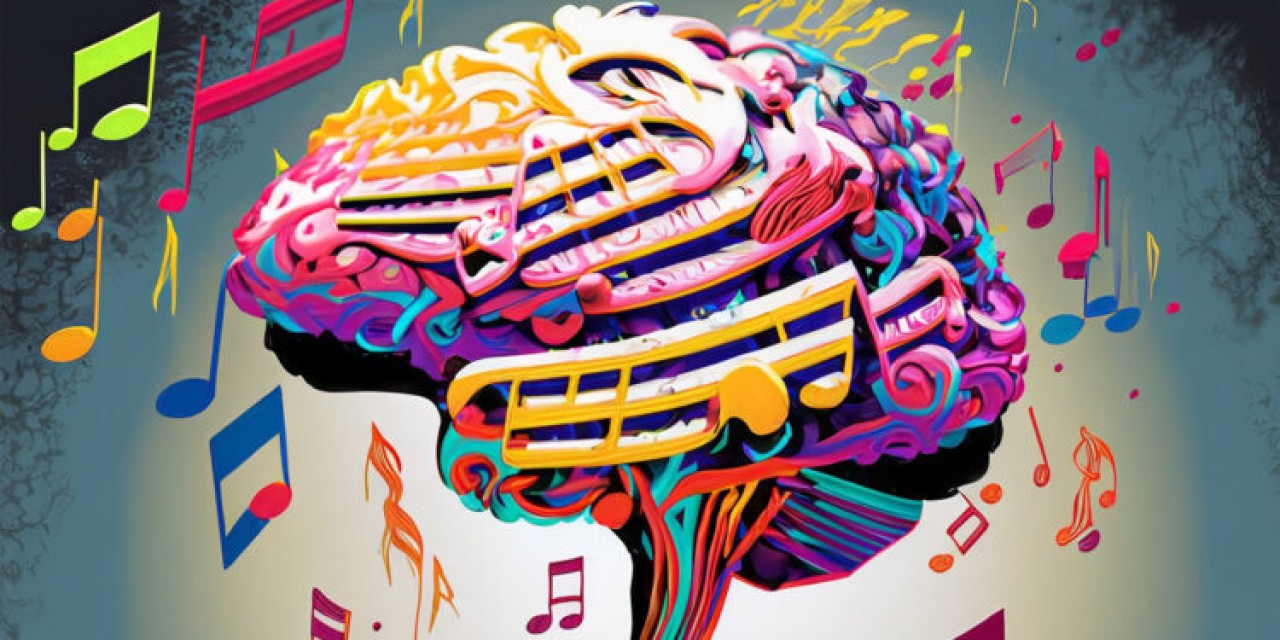A recent study published in Human Brain Mapping has revealed that long-term musical training can alter the connectivity networks within the white matter of the brain.
Previous research has demonstrated that intense musical training can result in structural neuroplasticity in various regions of the brain. However, prior studies primarily focused on changes in the brains of instrumental musicians, and the effect of long-term training on structural connectivity in non-instrumental musicians remains largely unknown.
To investigate how long-term vocal training affects the connections between different regions of the brain, the researchers of this study employed graph theory and diffusion-weighted imaging. Graph theory is a mathematical framework used to examine the architecture of networks in the human brain, while diffusion-weighted imaging is an MRI technique that measures the diffusion of water molecules in tissues, providing information on the structural connectivity of the brain.
The researchers posited that "intense musical practice that involves interpreting emotions may enhance the connectivity between brain regions associated with emotional expression and motor control." Additionally, they anticipated observing variations in connectivity between professional singers and instrumental musicians.
The study enrolled 95 participants, including vocalists (35), instrumental musicians (27), and non-musicians (33), and suggested that musical training can modify white matter connectivity networks in a way that is dependent on experience, strengthening connections among brain regions involved in processing emotions.
In fact, musical training can aid individuals in understanding and evaluating the emotions conveyed by music. The amygdala, a crucial brain structure that helps us process emotion-related information, was discovered to be highly interconnected with other brain regions in vocalists and pianists.
Additionally, the study found that training in particular music-related skills can alter the structural arrangement of experience-dependent networks. For instance, extensive practice in singing abilities can reorganize brain circuits involved in controlling vocal pitch.
Although the researchers acknowledge that they could not establish whether structural changes were due to experience or genetics, and that gender may have influenced their findings, the study offers insights into the impact of musical training on the brain and enhances our comprehension of the interrelation between art education and neuroscience. Further investigation is necessary to better comprehend the "cause-and-effect relationship between long-term musical training and structural modifications."


0 Comments